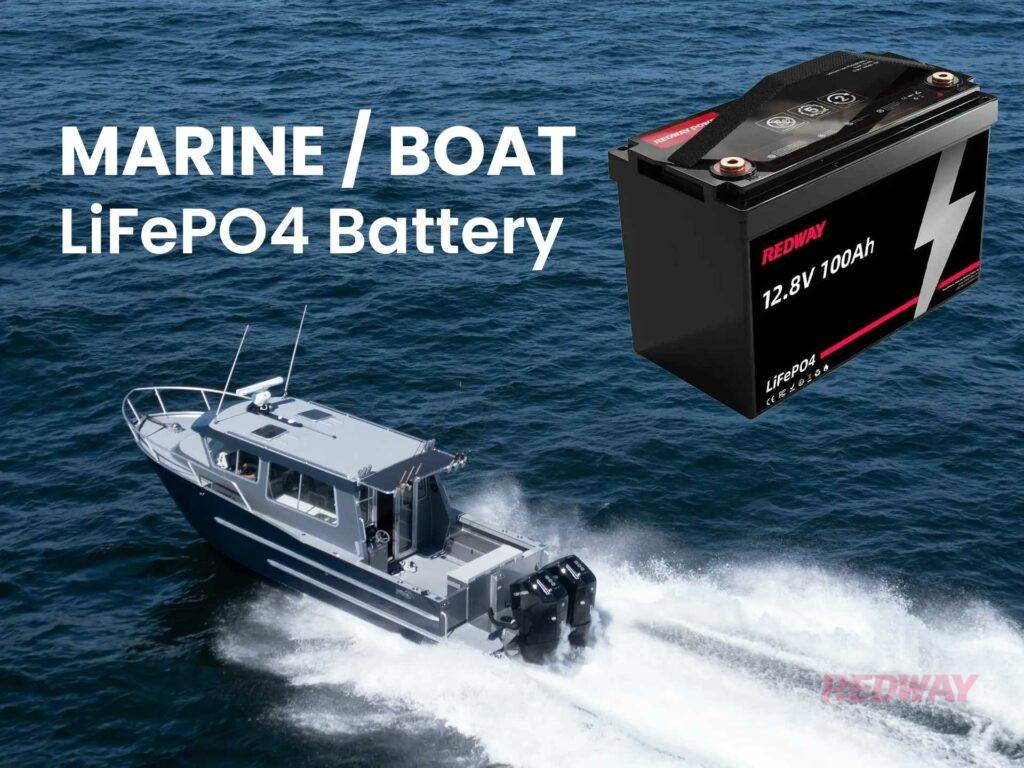LiFePO4 marine batteries, known for their durability, efficiency, and safety, have become increasingly popular among boat owners. However, like all batteries, they require careful handling to maintain their longevity and performance. One critical aspect to consider is overcharging, which can significantly impact the battery’s lifespan and safety. In this article, we will explore the risks associated with overcharging LiFePO4 marine batteries and provide comprehensive guidelines on how to prevent it.
Understanding LiFePO4 Marine Batteries
Lithium Iron Phosphate (LiFePO4) batteries are a type of lithium-ion battery that offers several advantages over traditional lead-acid batteries, including higher energy density, longer cycle life, and enhanced safety features. These batteries are particularly suitable for marine applications due to their resistance to extreme temperatures, vibrations, and moisture.
The Dangers of Overcharging
Overcharging occurs when a battery is charged beyond its maximum voltage limit, leading to excessive heat generation and potential damage. For LiFePO4 batteries, the maximum voltage per cell is typically around 3.65 volts. Exceeding this limit can result in:
- Thermal Runaway: Overcharging can cause the battery to overheat, leading to thermal runaway—a condition where the battery’s temperature rapidly increases, potentially causing it to catch fire or explode.
- Capacity Loss: Continuous overcharging can degrade the battery’s capacity, reducing its overall performance and lifespan.
- Swelling and Leakage: Excessive charging can cause the battery cells to swell, leading to potential leakage of electrolytes and structural damage.
Role of the Battery Management System (BMS)
A Battery Management System (BMS) is crucial for the safe operation of LiFePO4 marine batteries. The BMS monitors and manages the battery’s voltage, temperature, and state of charge, ensuring it operates within safe limits. Key functions of a BMS include:
- Voltage Regulation: The BMS ensures that each cell within the battery pack does not exceed its maximum voltage, preventing overcharging.
- Temperature Monitoring: It tracks the battery’s temperature, triggering protective measures if overheating occurs.
- State of Charge Management: The BMS calculates the battery’s remaining capacity, ensuring it is not overcharged or deeply discharged.
Using a Compatible Charger
To prevent overcharging, it is essential to use a charger compatible with LiFePO4 batteries. Unlike lead-acid chargers, LiFePO4 chargers are designed to provide the appropriate voltage and current levels, ensuring safe and efficient charging. When selecting a charger, consider the following:
- Voltage and Current Specifications: Ensure the charger matches the voltage and current requirements of your LiFePO4 battery.
- Automatic Shutoff: Choose a charger with an automatic shutoff feature to stop charging once the battery is fully charged.
- Temperature Compensation: Some advanced chargers can adjust the charging parameters based on the battery’s temperature, enhancing safety and efficiency.
Following Manufacturer’s Guidelines
Adhering to the manufacturer’s guidelines is crucial for the safe operation of LiFePO4 marine batteries. These guidelines provide specific instructions on charging procedures, voltage limits, and safety precautions. Key recommendations typically include:
- Charging Voltage: Maintain the charging voltage within the recommended range (usually up to 14.6 volts for a 12V LiFePO4 battery).
- Charging Current: Avoid charging the battery at currents higher than specified, as this can cause excessive heat buildup.
- Charge Termination: Disconnect the charger once the battery is fully charged to prevent overcharging.
Avoid Unauthorized Modifications
Modifying your LiFePO4 battery or its charging system without proper knowledge and expertise can lead to serious risks, including overcharging. Unauthorized modifications can bypass safety mechanisms, increasing the likelihood of overcharging and subsequent damage. Always consult the manufacturer or a qualified technician before making any changes.
Monitoring Temperature
Temperature plays a critical role in the performance and safety of LiFePO4 marine batteries. High temperatures can accelerate chemical reactions within the battery, increasing the risk of overcharging. To monitor and manage temperature:
- Regular Checks: Periodically check the battery’s temperature during charging and discharging.
- Adequate Ventilation: Ensure the battery compartment is well-ventilated to dissipate heat effectively.
- Avoid High Ambient Temperatures: Store and operate the battery in environments with moderate temperatures to prevent overheating.
Refraining from Prolonged Charging
Leaving a LiFePO4 battery connected to a charger for an extended period can lead to overcharging, even if the charger has an automatic shutoff feature. To prevent this:
- Set Timers: Use timers to limit the charging duration based on the battery’s capacity and charger specifications.
- Regular Monitoring: Periodically check the charging status and disconnect the charger once the battery is fully charged.
Conclusion
Overcharging LiFePO4 marine batteries can have detrimental effects on their performance, safety, and longevity. By utilizing a Battery Management System (BMS), using compatible chargers, following manufacturer guidelines, avoiding unauthorized modifications, monitoring temperature, and refraining from prolonged charging, you can ensure the optimal performance and safety of your LiFePO4 marine batteries. Proper care and maintenance are essential to enjoy the full benefits of these advanced batteries and extend their lifespan.





